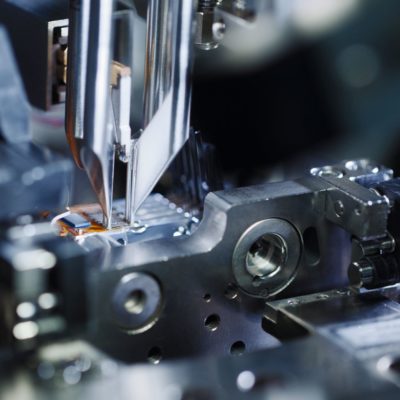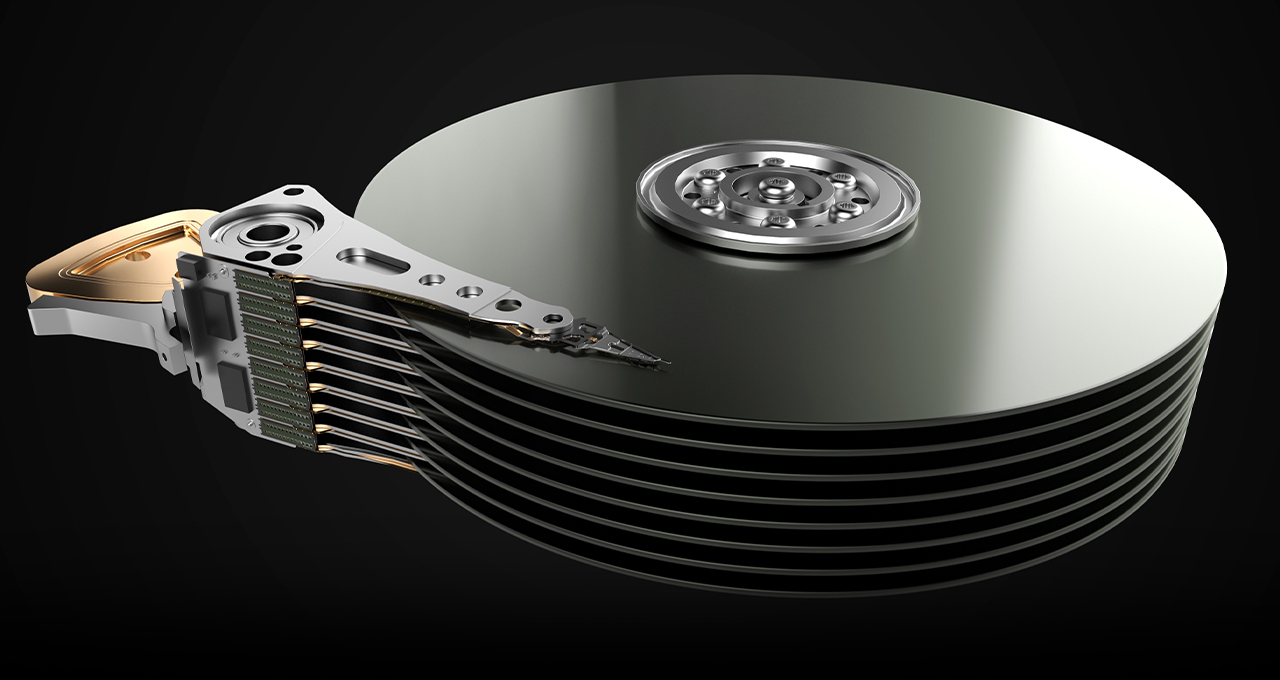Seagate Technology ships tens of millions of hard disk drives every quarter. Ensuring the quality of each one is a top priority, but not easy.
The disk drive manufacturing process is incredibly complex. For example, it takes 1,400 steps just to manufacture the drive head. Even the smallest errors can lead to product flaws.
“Mistakes are costly,” said Raghavan Srinivasan, senior director of global marketing at Seagate, which makes more disk drives than any other manufacturer. “If there are any anomalies, we’re going to end up with poor yield later on, and we wouldn’t know that until the long process is completed.”
To combat that, Seagate is using GPU-powered AI and machine learning to perform anomaly detection of recording head slider images so it can spot potential problems sooner.
A Solution Born from Partnership
At first, Seagate searched for a product that could help with image-based anomaly detection in a high-yield manufacturing environment, but there was nothing commercially available. The company started talking with NVIDIA and Hewlett Packard Enterprise about the business problem.
The first step the companies took was to get an idea of the amount of data in play. Bringing this idea to life for a single factory would require the ability to process 17 million images a day, and to perform inference at 20 positions per second.
“It’s like a [Boeing] 747 flying inches from the ground at 100 times the speed of sound,” said Srinivasan.
Over the course of a year, the companies built a solution that could capture and analyze images of drive heads that are just molecules from the surface of the spinning disk.
Seagate deployed this solution in a machine vision defect inspection system used in hard disk read-and-write head manufacturing in one of Seagate’s factory sites and is planning to scale the solution to other sites.
Because the anomaly patterns in question were constantly changing, rules-based AI was not an option. A deep learning approach was needed.
What’s more, Seagate knew the cost of bandwidth to move so much data to and from the factory would be prohibitive, so it developed a parallel reference architecture called Seagate Edge RX. This architecture establishes each factory as a computing “edge,” enabling the inference process to occur on the factory floor, using lighter-weight computing resources.
Ongoing training of the deep learning model occurs offline and is performed by data scientists, who then deliver updated models.
 Possibilities Fueled by Results
Possibilities Fueled by Results
As this technology becomes incorporated into all of Seagate’s manufacturing processes,
Seagate expects to see up to a 20 percent reduction in cleanroom investments, a 10 percent reduction in manufacturing throughput time, and up to a 300 percent return on investment from improved efficiency and better quality.
Srinivasan said there’s every indication that the project will ultimately yield significant improvements in quality, providing plenty of juice for expanding the effort to all of Seagate’s manufacturing facilities.
It’s not lost on Seagate that none of this would’ve been possible without technologies from NVIDIA and HPE. These include rugged HPE Edgeline systems with NVIDIA T4 GPUs for data acquisition and real-time AI inferencing at the factory floor, and HPE Apollo systems with NVIDIA V100 Tensor Core GPUs for AI training. The NVIDIA EGX platform runs on these systems and allows enterprises to securely deploy and manage AI workloads at the edge or in the data center.
“NVIDIA has become synonymous with AI and deep learning, and being able to provide the process behind it,” said Srinivasan.
Seagate sees a lot of potential to take this work in a variety of directions. For now, the company is focused on rolling out the smart manufacturing platform to all of its manufacturing sites. It also plans to explore how the solution can impact other manufacturing processes. Down the line, Seagate will explore predictive maintenance of process tools based on IoT sensor-based logging.
The good news for other manufacturers is that Seagate doesn’t want to keep all of this innovation to itself. The company has published the Seagate Edge RX parallel reference architecture to give other manufacturers a jump-start in building similar image anomaly detection solutions in their own manufacturing environments.
“We want to move the conversation forward,” said Srinivasan. “We see there are a lot more opportunities to improve overall manufacturing if you put data to work.”
Learn more about Seagate’s work with NVIDIA in an on-demand talk on AI on EGX: Innovations and Lessons Learned from a Production Deployment Across Global Manufacturing Sites available now with a free registration to GTC Digital.
